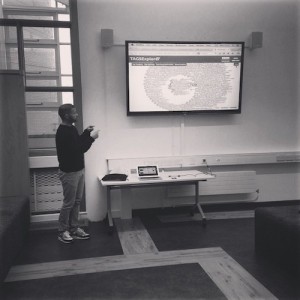Notes from the consultation meeting held on the 23rd October. A wide ranging discussion, the notes have been organised around themes that emerged rather than providing a chronological sequence of the discussion.
- The strategy should encourage a culture that normalises the use of learning technologies in its practice. Staff and students need to be supported in developing confidence in the use of technologies. Enablers to support this to include appropriate induction and support, recognising that not all students arrive with the same digital skills and access.
- The University needs to be clear about what TEL tools it provides and why, providing focused support for mainstream tools and ensuring they are accessible (digital inclusiveness is a important first step). This should not though limit the use of other tools that can be used.
- Learning technologies to encourage pedagogic and learner flexibility. Technologies should not constrain innovative practice. Staff should be encouraged and supported in their use tools that are appropriate to their design, not limited. Technologies and systems should allow learners choice in their learning experience.
- Course-based approaches provide a means to enable and support the development of digital literacies in a coherent way. A course-based focus for professional development, requiring courses to articulate how they will embed digital literacies and use learning technologies, will encourage innovation and provide a structure for focused professional development.
- Digital literacies include development of academic literacies, including good academic practice. These need to be developed coherently at course level.
- On-going professional development will be an important enabler. This does though need a targeted approach, course-based for enhancement complemented by localised disruptive innovation.
- The University needs to become more digitally literate as a whole. Considering how it will make best use of technologies, not just for learning and teaching, but also for communication, evaluation etc; ways which will impact on the student experience throughout the student journey.

